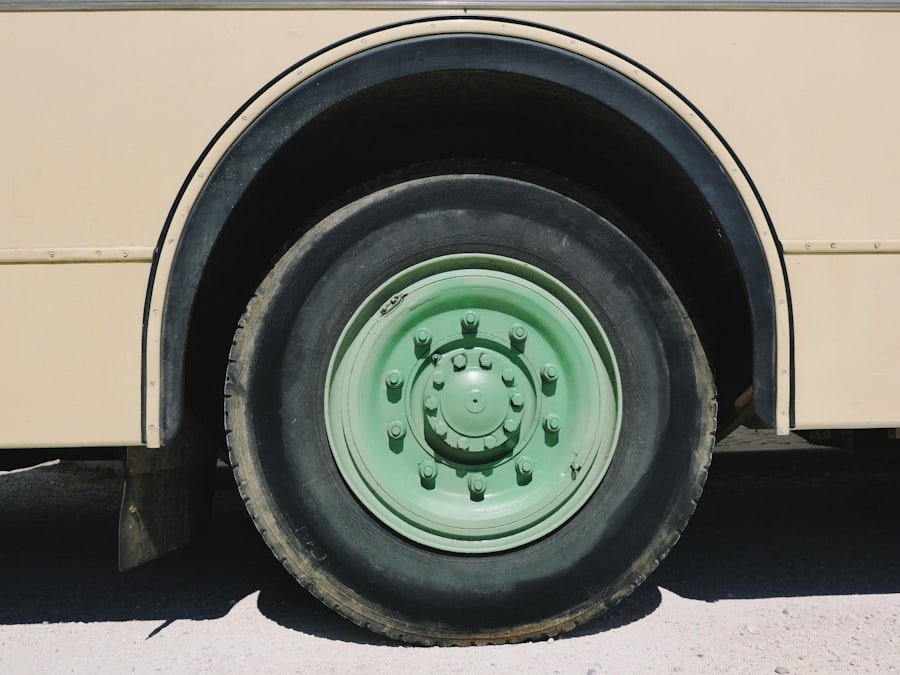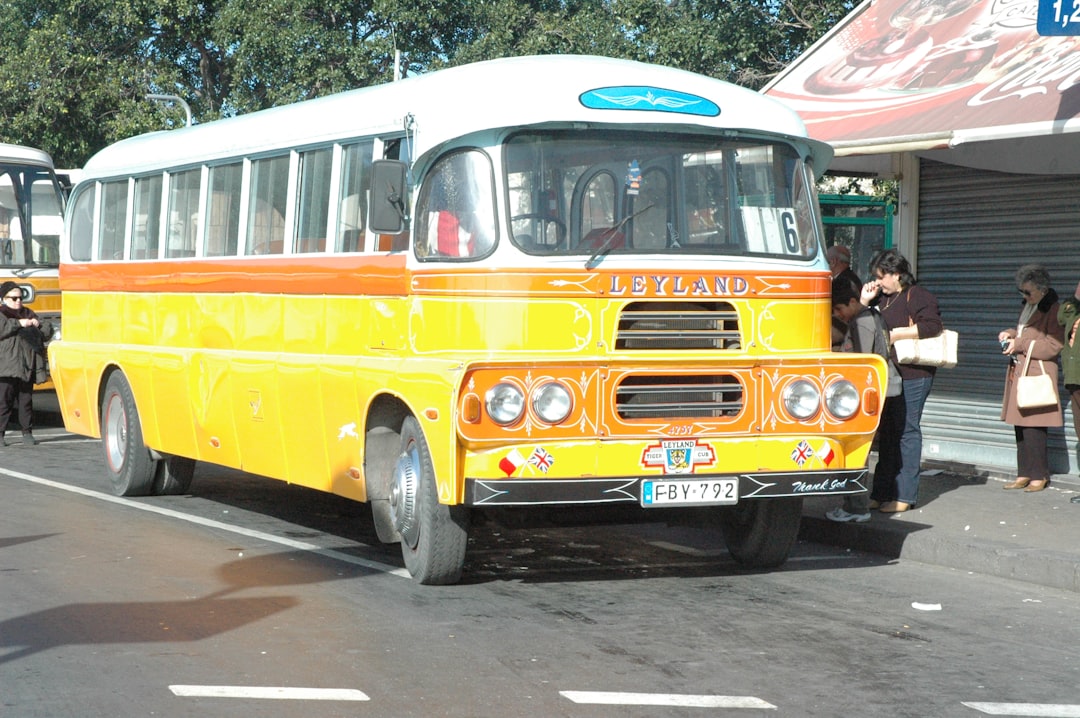The Kola Superdeep Borehole, a remarkable feat of engineering and scientific inquiry, stands as a testament to humanity’s relentless pursuit of knowledge about the Earth’s interior. Located on the Kola Peninsula in Russia, this borehole has captivated scientists and curious minds alike since its inception in the 1970s. It is not merely a hole in the ground; it represents decades of research, exploration, and the quest to unlock the mysteries of our planet’s crust.
The borehole has become a symbol of human ingenuity, pushing the boundaries of what is possible in geological exploration. As the deepest artificial point on Earth, the Kola Superdeep Borehole reaches depths that were once thought unattainable. It serves as a window into the geological processes that shape our planet, providing invaluable data that has implications for various scientific fields, including geology, seismology, and even climate science.
The borehole’s story is one of ambition, challenges, and groundbreaking discoveries that continue to influence scientific thought today.
Key Takeaways
- The Kola Superdeep Borehole was a scientific drilling project in Russia that aimed to penetrate the Earth’s crust.
- The project was initiated in the 1970s and reached a depth of over 12 kilometers, making it the deepest borehole in the world.
- The Kola Superdeep Borehole provided valuable geological and geophysical data, shedding light on the Earth’s composition and structure.
- The project was closed in the 1990s due to technical and financial challenges, leaving the borehole abandoned.
- There is potential for reopening the Kola Superdeep Borehole for further scientific exploration, but environmental and ethical considerations must be carefully evaluated.
The purpose and history of the Kola Superdeep Borehole
The primary purpose of the Kola Superdeep Borehole was to explore the Earth’s crust and gain insights into its composition and structure. Initiated by the Soviet Union in 1970, the project aimed to drill as deep as possible into the Earth’s crust to study geological formations and understand the processes that govern them. The Soviet scientists sought to answer fundamental questions about the Earth’s history, including the age of rocks and the nature of seismic activity.
This ambitious endeavor was fueled by a desire to enhance knowledge about natural resources and improve predictions related to earthquakes and volcanic activity. The history of the Kola Superdeep Borehole is marked by both triumphs and tribulations. Over the years, the project faced numerous technical challenges, including extreme temperatures and unexpected geological formations.
Despite these obstacles, scientists persevered, achieving significant milestones along the way. By 1989, they had reached a depth of 12,262 meters (40,230 feet), a record that remains unbroken. The borehole not only provided valuable geological data but also served as a platform for international collaboration in scientific research during a time of geopolitical tension.
The depth and significance of the Kola Superdeep Borehole

The depth achieved by the Kola Superdeep Borehole is nothing short of extraordinary. At 12,262 meters, it penetrates deeper into the Earth’s crust than any other borehole in history. This remarkable depth allows scientists to study rock samples that are over two billion years old, offering a glimpse into the Earth’s early geological history.
The findings from these samples have reshaped our understanding of plate tectonics, mineral formation, and even the conditions that existed on Earth long before human existence. The significance of the Kola Superdeep Borehole extends beyond its depth; it has provided critical insights into geothermal gradients and heat flow within the Earth. Researchers discovered that temperatures at such depths were much higher than anticipated, reaching around 180 degrees Celsius (356 degrees Fahrenheit).
This unexpected finding has implications for our understanding of geothermal energy potential and has sparked interest in harnessing this energy source for sustainable power generation. The borehole has thus become a cornerstone for studies related to both geology and energy resources.
The closure of the Kola Superdeep Borehole
| Event | Date | Depth | Reason |
|---|---|---|---|
| Closure of Kola Superdeep Borehole | 1992 | 12,262 meters | Drilling stopped due to higher-than-expected temperatures and rock pressures |
Despite its groundbreaking achievements, the Kola Superdeep Borehole was officially closed in 1992 due to a combination of factors. The dissolution of the Soviet Union led to a reduction in funding and support for scientific projects, leaving many researchers without the necessary resources to continue their work. Additionally, the technical challenges associated with drilling at such extreme depths became increasingly daunting.
The high temperatures and pressures encountered made further drilling not only difficult but also potentially dangerous.
While it was a disappointment for many scientists who had dedicated their careers to studying the borehole, it also opened up discussions about the future of deep drilling projects worldwide.
The end of active drilling did not diminish the importance of the data already collected; rather, it solidified the Kola Superdeep Borehole’s legacy as a pioneering effort in geological research.
The current state of the Kola Superdeep Borehole
Today, the Kola Superdeep Borehole remains an intriguing site for both scientists and tourists alike. Although active drilling has ceased, the borehole continues to be a valuable resource for researchers interested in studying its extensive geological data. The site is maintained by Russian scientists who ensure that it remains accessible for educational purposes and scientific inquiry.
Visitors can learn about its history and significance through guided tours that highlight its contributions to our understanding of Earth’s geology. In recent years, there has been renewed interest in revisiting the borehole’s findings as advancements in technology have made it possible to analyze existing samples with greater precision. Modern techniques such as isotopic analysis and advanced imaging methods allow scientists to extract new information from previously collected data.
This resurgence in interest underscores the enduring relevance of the Kola Superdeep Borehole in contemporary geological research.
The potential risks and benefits of the Kola Superdeep Borehole

The Kola Superdeep Borehole presents both potential risks and benefits that warrant careful consideration. On one hand, its extensive geological data offers invaluable insights into Earth’s processes, which can lead to advancements in various fields such as natural resource management and environmental science. Understanding geothermal gradients and heat flow can inform sustainable energy practices and contribute to efforts aimed at mitigating climate change.
Conversely, there are inherent risks associated with deep drilling projects like the Kola Superdeep Borehole. Concerns about induced seismicity—earthquakes triggered by human activities—have been raised in relation to deep drilling practices. Additionally, there are ethical considerations regarding potential environmental impacts and disruptions to local ecosystems.
As scientists continue to explore deep drilling techniques, it is crucial to balance these risks with the potential benefits that such research can yield.
The impact of the Kola Superdeep Borehole on scientific research
The impact of the Kola Superdeep Borehole on scientific research cannot be overstated. Its findings have influenced numerous fields within geology and beyond, providing a wealth of information that has shaped contemporary understanding of Earth’s structure and dynamics. For instance, studies derived from borehole data have contributed significantly to theories surrounding continental drift and plate tectonics, enhancing our comprehension of how these processes affect global geology.
Moreover, the borehole has served as a catalyst for international collaboration among scientists from various countries. Researchers have utilized its findings as a foundation for further studies on topics such as mineralogy, geochemistry, and even astrobiology—exploring how life might exist in extreme environments similar to those found deep within Earth or on other celestial bodies. The Kola Superdeep Borehole has thus become an enduring symbol of scientific inquiry that transcends borders and disciplines.
The future of deep drilling and exploration
As technology continues to advance, the future of deep drilling and exploration holds exciting possibilities. Innovations in drilling techniques, materials science, and data analysis are paving the way for deeper and more efficient exploration efforts. Projects similar to the Kola Superdeep Borehole are being proposed worldwide, aiming to unlock further secrets hidden beneath Earth’s surface.
The lessons learned from the Kola Superdeep Borehole will undoubtedly inform future endeavors in deep drilling projects. Researchers are now more aware of the challenges posed by extreme conditions at great depths and are better equipped to address them through improved engineering solutions. As humanity seeks sustainable energy sources and strives to understand climate change’s impacts on geological processes, deep drilling will play an essential role in shaping our future.
The potential for reopening the Kola Superdeep Borehole
There is ongoing discussion among scientists about the potential for reopening the Kola Superdeep Borehole for further research. Given advancements in technology since its closure in 1992, many believe that new drilling techniques could allow researchers to delve even deeper into Earth’s crust while overcoming some of the challenges faced during previous attempts. Reopening this iconic site could yield fresh insights into geological processes that remain poorly understood.
However, any decision to reopen the borehole would require careful consideration of logistical challenges, funding availability, and environmental impacts. Engaging with local communities and stakeholders would also be essential to ensure that any future endeavors align with ethical standards and address concerns related to environmental preservation.
The environmental and ethical considerations of deep drilling projects
Deep drilling projects like the Kola Superdeep Borehole raise important environmental and ethical considerations that must be addressed as exploration efforts continue. The potential for ecological disruption is a significant concern; drilling activities can impact local ecosystems and biodiversity if not managed responsibly. Furthermore, there are ethical implications surrounding resource extraction and land use that necessitate thoughtful dialogue among scientists, policymakers, and local communities.
As society becomes increasingly aware of climate change and environmental degradation, it is crucial for researchers involved in deep drilling projects to prioritize sustainability and ethical practices. This includes conducting thorough environmental assessments before initiating any drilling activities and ensuring transparency throughout all stages of research.
Conclusion and implications for the Kola Superdeep Borehole
In conclusion, the Kola Superdeep Borehole stands as a monumental achievement in scientific exploration that continues to inspire curiosity about Earth’s mysteries. Its rich history reflects humanity’s quest for knowledge while highlighting both the challenges and triumphs associated with deep drilling endeavors. As researchers look toward future exploration efforts, they must consider not only the scientific implications but also environmental sustainability and ethical responsibilities.
The legacy of the Kola Superdeep Borehole serves as a reminder that while we strive to uncover Earth’s secrets, we must do so with respect for our planet’s delicate ecosystems and an awareness of our role as stewards of its resources. As discussions about reopening this iconic site continue, it is essential for scientists to engage with broader societal concerns while pursuing their quest for knowledge—ensuring that future explorations contribute positively to both science and society at large.
The Kola Superdeep Borehole, once the deepest man-made hole on Earth, has long fascinated scientists and enthusiasts alike. While the borehole itself is no longer actively used, its legacy continues to spark curiosity about the limits of human exploration beneath the Earth’s surface. For those interested in learning more about similar intriguing topics, you might find this related article on the Hey Did You Know This website to be quite enlightening. It delves into various fascinating facts and discoveries that have shaped our understanding of the world.
FAQs
What is the Kola Superdeep Borehole?
The Kola Superdeep Borehole is the deepest man-made hole on Earth, reaching a depth of over 7.5 miles (12 kilometers) into the Earth’s crust.
Is the Kola Superdeep Borehole still open?
No, the Kola Superdeep Borehole is not still open. The project was officially closed in 2008, and the site has been abandoned.
Why was the Kola Superdeep Borehole drilled?
The Kola Superdeep Borehole was drilled in an attempt to learn more about the Earth’s crust and to explore the possibility of drilling to the Earth’s mantle.
What were some of the scientific discoveries made at the Kola Superdeep Borehole?
The Kola Superdeep Borehole provided valuable information about the Earth’s crust, including the discovery of microscopic fossils at depths of over 6 miles (10 kilometers).
Is the Kola Superdeep Borehole a tourist attraction?
No, the Kola Superdeep Borehole is not a tourist attraction. The site is located in a remote area of Russia and is not open to the public.
